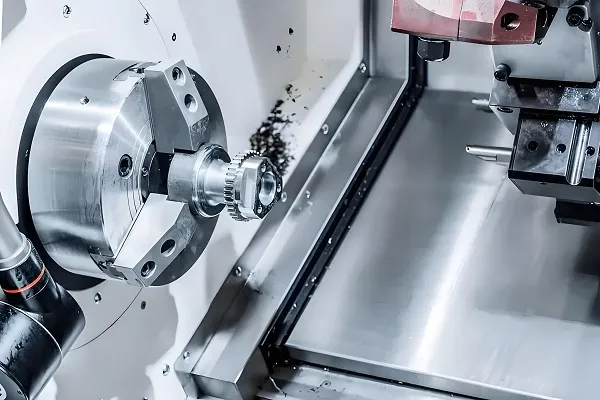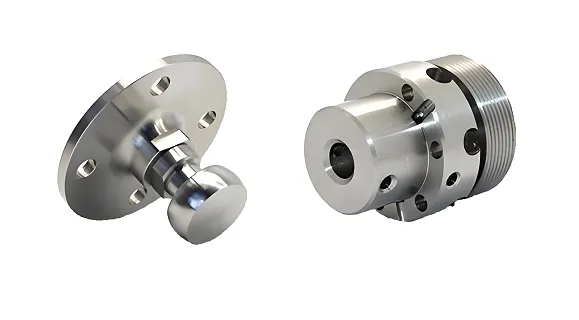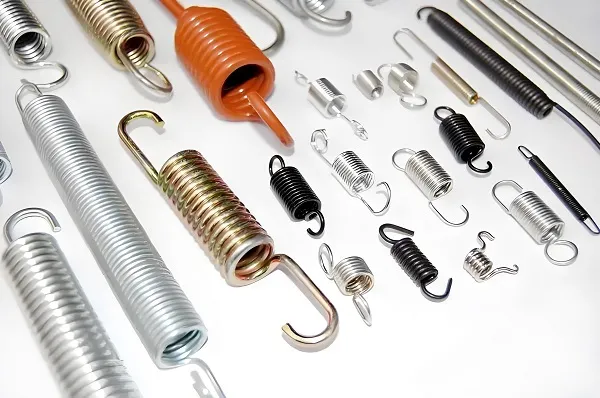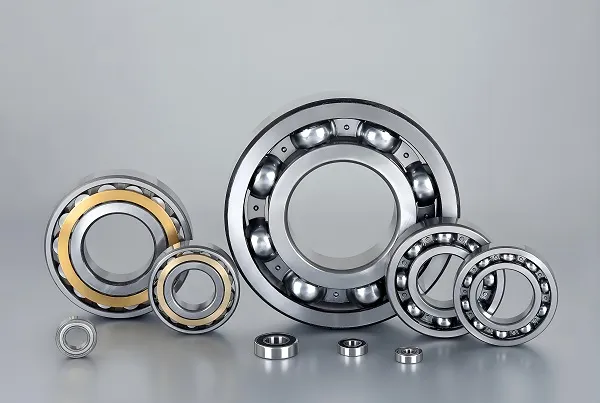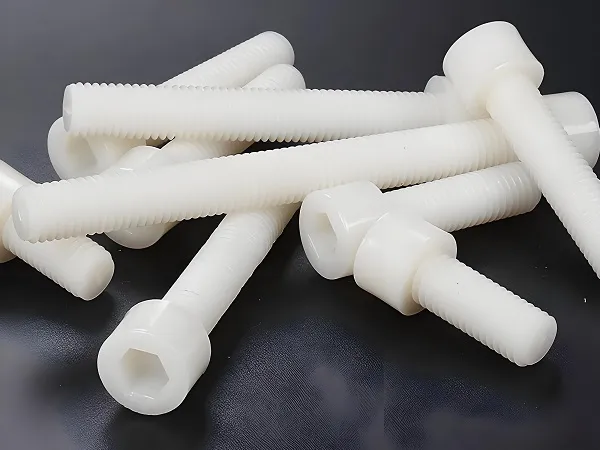Machine shop custom parts form the core of precision manufacturing, bridging design concepts and functional applications across industries. A professional machine shop integrates multi-process capabilities, material expertise, and quality control systems to deliver components tailored to specific requirements. This article details the technical dimensions of custom part manufacturing, emphasizing process capabilities, precision standards, and industry-specific solutions.
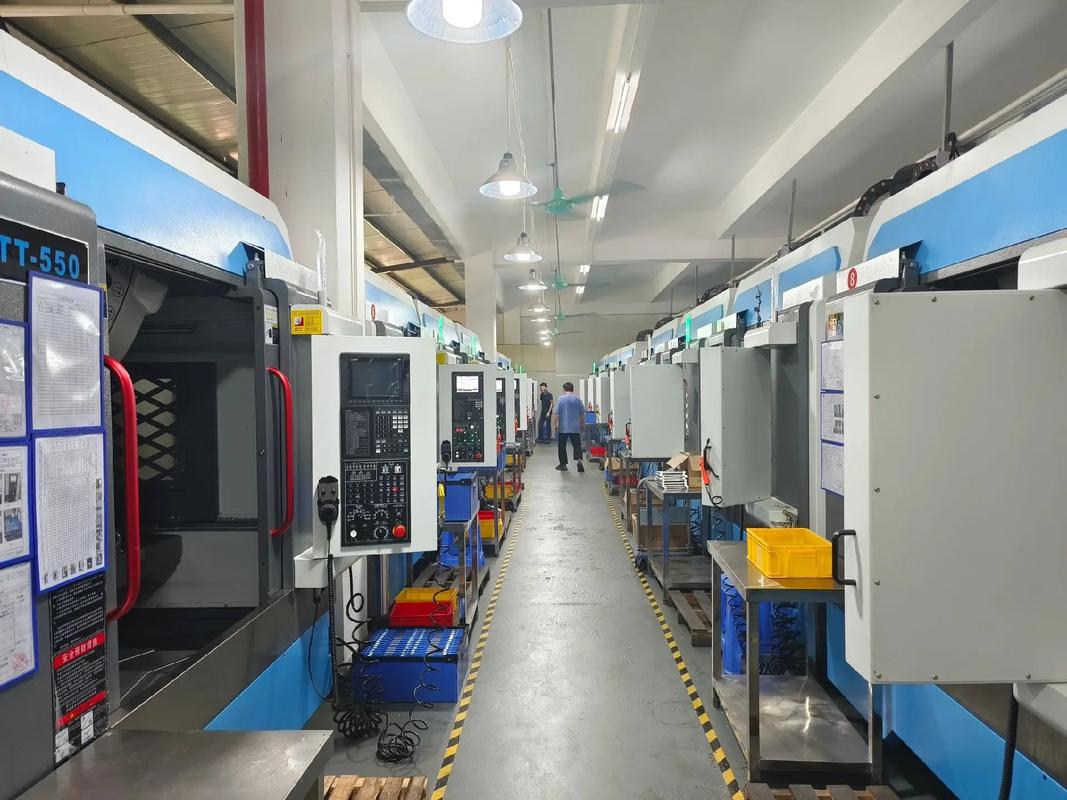
1. Service Scope and Processing Capabilities
A full-service machine shop offers integrated manufacturing solutions covering multiple processes to meet diverse custom needs:
CNC machining services include milling (3-5 axis), turning, drilling, and boring, with 5-axis equipment achieving ±0.005mm tolerance—critical for complex geometries like aerospace components and precision tooling. These processes handle 60% of custom metal parts orders, from simple brackets to intricate hydraulic manifolds.
Complementary services expand application range:
Stamping: Produces metal parts with thicknesses 0.1-6mm, including bent, drawn, and spun components with high dimensional consistency
Injection molding: Manufactures plastic parts from micro-components (0.5g) to large enclosures (5kg), supporting single-color, multi-color, and insert molding
3D printing: Creates prototypes and low-volume parts with complex structures, using materials ranging from plastics to metal powders
Tooling and mold making: Fabricates single-cavity, double-cavity, and thin-wall molds with service life exceeding 100,000 cycles for mass production
A leading machine shop typically maintains over 100 processing equipment to handle batch sizes from 1-piece prototypes to 100,000+ mass production runs.
2. Material Processing Range
Professional machine shops handle a broad spectrum of materials, with processing parameters optimized for each type:
Metals account for 75% of custom parts, including:
Aluminum alloys (6061, 7075): Machined at spindle speeds 10,000-20,000 RPM with carbide tools
Stainless steel (304, 316): Requires coolant systems to manage heat, with feed rates 30-50% lower than aluminum
Brass (C36000): Exhibits excellent machinability (50-100 HB hardness) enabling high-speed processing with minimal tool wear
Carbon steel (1045, 4140): Benefits from pre-heat treatment for consistent machining performance
Plastic materials processed include:
Engineering plastics (ABS, POM, PC): Machined with high-speed steel tools to prevent melting
High-temperature plastics (PEEK, PI): Requires controlled cutting parameters to avoid thermal degradation
Composite materials: Utilizes diamond-coated tools to minimize fiber pull-out
Material certification is available for 95% of orders, with traceability documentation including mill test reports and compliance certificates.
3. Precision Manufacturing Technology
Advanced processing technologies ensure custom parts meet stringent specifications:
5-axis CNC machining systems provide simultaneous multi-directional cutting, reducing setup times by 40% compared to 3-axis machines for complex parts. These systems maintain positional accuracy of ±0.003mm, essential for components like gearboxes and medical instrument.
EDM (Electrical Discharge Machining) handles hard materials (up to 65 HRC) and fine features, including micro-holes (0.05-0.5mm diameter) and narrow slots (0.1mm width) with no contact force—critical for delicate or heat-sensitive parts.
High-speed machining (HSM) with spindle speeds 15,000-40,000 RPM reduces surface roughness by 50% compared to conventional methods, achieving Ra 0.4μm finishes on aluminum parts without secondary polishing.
In-process measurement systems with laser probes perform real-time dimensional checks, reducing scrap rates by 30% through immediate parameter adjustments.
4. Quality Control and Certification System
Rigorous quality management ensures consistent part performance:
Inspection equipment includes:
Coordinate Measuring Machines (CMM): Verify dimensions with ±0.001mm accuracy
Surface roughness testers: Measure Ra values from 0.02-10μm
Hardness testers: Check material hardness (HB, HRC, HV scales)
Optical comparators: Inspect 2D features with 50-1000x magnification
Quality management systems comply with international standards:
ISO 9001:2000 certification for consistent process control
SGS and TUV validation for material and performance compliance
CE certification for electrical and mechanical components
RoHS compliance for parts used in electronic devices
Statistical Process Control (SPC) is implemented for high-volume production, with Cpk ≥1.33 required for critical dimensions—ensuring 99.99% of parts meet specification.
5. Customization Process and Workflow
A structured workflow ensures efficient transition from design to production:
Design submission: Accepts 3D models (STEP, IGES, STL) and 2D drawings (PDF, DWG) with GD&T specifications
Feasibility analysis: Completed within 24-48 hours, including DFM (Design for Manufacturability) recommendations
Quotation: Provided within 3 business days, detailing material costs, processing fees, and lead times
Prototype production: 3-7 days for CNC machined prototypes; 10-15 days for injection molded samples
First article inspection: Includes dimensional report and material certification
Mass production: Scheduled based on order volume, with weekly progress updates for large batches
Final inspection and delivery: 100% visual inspection plus statistical sampling for critical features
This workflow reduces development cycles by 30% compared to traditional manufacturing approaches, with 95% of projects proceeding from prototype to production without design revisions.
6. Industry-Specific Application Cases
Custom machine shop parts serve diverse sectors with tailored solutions:
Automotive industry: Produces precision components including suspension parts (tolerance ±0.01mm), engine brackets, and transmission components—with 70% of parts undergoing salt spray testing (≥500 hours) for corrosion resistance.
Mechanical engineering: Delivers custom gears (module 0.5-5), shafts, and housings, with 5-axis machining enabling complex gearbox assemblies with positional accuracy ≤0.02mm.
Medical equipment: Manufactures stainless steel and titanium parts (ISO 13485 compliant) with surface finishes Ra ≤0.8μm, including surgical instrument components and diagnostic device parts.
Consumer electronics: Produces aluminum and magnesium alloy enclosures with anodized finishes (20-50μm thickness) providing EMI shielding and aesthetic appeal.
Aerospace: Fabricates 7075 aluminum and titanium parts meeting AS9100 standards, with 100% ultrasonic inspection for critical structural components.
7. Cost and Efficiency Advantages
Optimized manufacturing processes deliver economic benefits:
Material utilization rates average 75-85% through nesting software and optimized blank sizes, reducing waste by 40% compared to traditional methods. Scrap materials are recycled, with metal recycling rates exceeding 90% to minimize environmental impact.
Economies of scale significantly affect unit costs:
Prototype (1-10 pieces): Highest unit cost due to setup expenses
Small batch (10-500 pieces): 30-40% cost reduction vs. prototypes
Medium batch (500-5,000 pieces): Additional 20-25% cost reduction
Large batch (5,000+ pieces): Optimal pricing with dedicated production cells
Turnaround times align with industry needs:
Emergency prototypes: 1-3 days
Standard prototypes: 3-7 days
Small batches: 7-14 days
Large batches: 14-30 days
Frequently Asked Questions
Q: What file formats are required for custom part orders?
A: Preferred formats include STEP (.stp), IGES (.iges) for 3D models, and PDF/DWG for 2D drawings with GD&T. Physical samples are also accepted for reverse engineering.
Q: How is material selection determined for a custom part?
A: Material recommendations consider functional requirements (strength, corrosion resistance), environmental conditions (temperature, chemicals), and manufacturing processes—with 26 years of experience, our engineers provide tailored material suggestions based on application.
Q: Can you produce parts with tight tolerances?
A: Yes, our 5-axis CNC equipment achieves ±0.005mm tolerance, supported by in-process inspection systems. Critical features can be held to ±0.001mm with specialized fixturing.
GOLDCATTLE With 26 years of manufacturing experience, 100+ processing equipment, and ±0.005mm precision capabilities, we specialize in CNC machined parts, injection molds, stamping parts, and 3D printed components. Whether you need automotive parts, mechanical components, or precision hardware, we can produce according to your drawings or samples. Contact us today to discuss your custom part requirements—our engineering team will provide comprehensive solutions from design optimization to mass production, ensuring quality and efficiency throughout the process.

